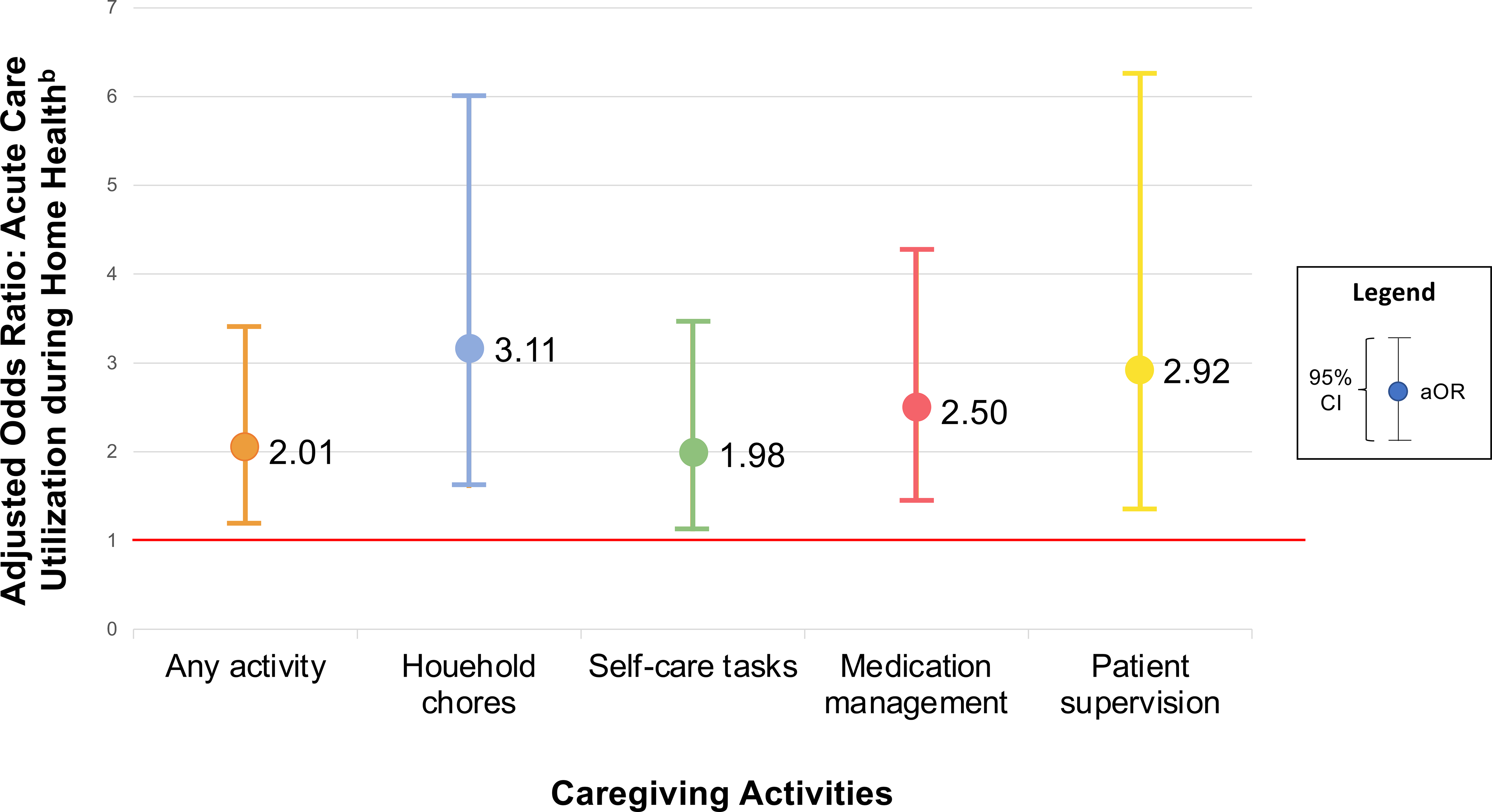Figure 2. Comparative Adjusted Odds of Acute Care Utilization among Medicare Beneficiaries Receiving Home Health Care Whose Family Caregivers Do (Versus Do Not) have Unmet Need for Training (n=1,217 unweighted, n=5,870,905 weighted)a,b.

a) Data are drawn from National Health and Aging Trends Study (NHATS) and linked Outcomes and Assessment Information Set (OASIS), Medicare claims data, and Provider of Services data for 1,217 Medicare beneficiaries receiving family caregiver assistance during a home health episode between 2011–2016.
b) Adjusted for: measures of older adults’ sociodemographic characteristics (age, sex, race, Medicaid-enrollment), health status (self-reported health status and prior year hospitalization), and receipt of family caregiver assistance (help with household chores, mobility tasks, or self-care tasks) prior to home health; older adults’ living arrangement (whether they lived alone), post-acute status (whether they received inpatient care within 14 days of home health care), care intensity (receipt of any respiratory therapy or any IV treatment, number of nursing visits received, receipt of any therapy visits), clinical severity, functional impairment, and cognitive impairment during home health; and home health provider non-profit status, number of full-time equivalent employees, and affiliation with any acute care hospital.
